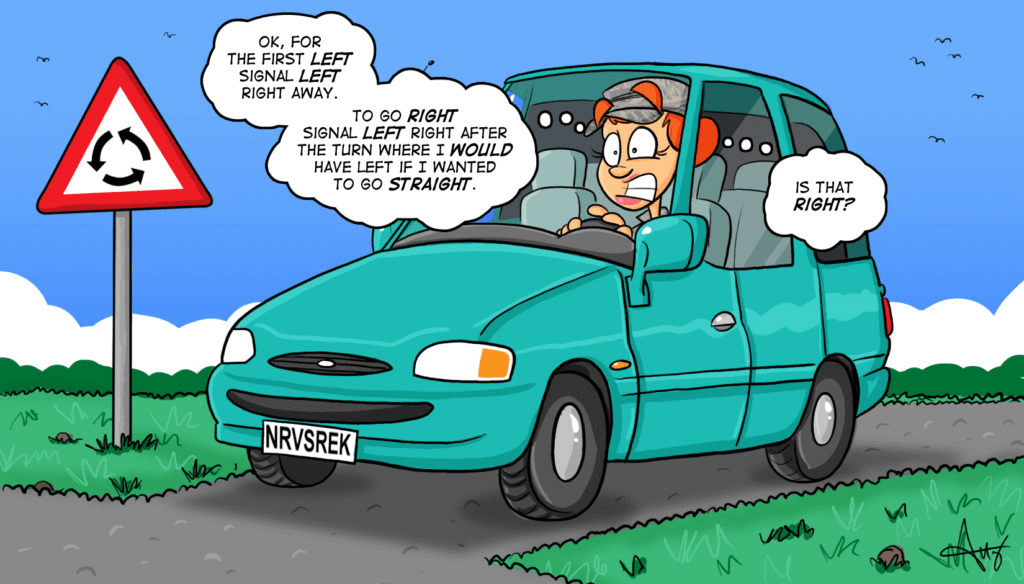
When’s the last time you consider the impact of a street or highway intersection? For us, it was on our first trip to Savannah, Georgia.
Intersections should be designed with driver and passenger safety in mind. However, In the US, roughly 2.5 million auto accidents occur in intersections each year. That’s 10% of the 250 million vehicles in the US.
Solving the intersection dilemma in a roundabout way

For decades Americans have had a fancy for cars imported from Europe. US consumers have found numerous reasons to support their purchase of imported autos. Arguments included performance, economy, style, and a plethora of other advantages. But the most frequent and compelling has been safety.
In recent decades America has been importing another vehicle for auto safety. This time, it’s not automobiles, and it is considerably less popular with American drivers. Roundabouts, an alternative to intersections, have long been popular in Europe. Also known as traffic circles, rotaries, or road circles, they replace intersections.

Roundabouts have been slow to catch on in America. Why? I’ve seen some reasons, none of which make sense. What does makes sense are traffic circles:
- Speed Slower speeds reduce damage and fatalities
- Eliminates Left Turn Why does UPS give drivers routes designed to avoid turning left? Because it reduces accidents and delays.
- Energy Efficient Braking to a full stop waste fuel. Starting from a dead stop is even more inefficient.
- Trigonometry Eliminates many of the more dangerous angles in which a car can be struck.
- Safety Most important, roundabouts lead to improved safety.
The Institute for Highway Safety reports that roundabouts reduce crashes involving injury by 75%. Even more amazing the study reports collisions with fatalities are reduced by 90%.
Coming full circle on street and highway intersections
Why isn’t your insurance agent talking about roundabouts?
There may be a good reason, but I can’t think of a single one at the moment.
Insurance agents sell products that indemnify the insured in the event of a loss. Good insurance agents work with prospects and customers to help identify risk. They then provide input and access to effective solutions.
By raising awareness of the safety benefits of traffic roundabouts, we at TruePoint Insurance believe that we are doing our part to reduce risk. We’re arming our clients and prospects with the data that supports traffic circle safety.
Compared to the intersections commonly used in America, Roundabouts significantly reduce risk. The 37% reduction in overall collisions may pale in comparison to the 75% reduction in injury collisions. And while both fall short of a 90% reduction in fatality collisions, this is still jaw-dropping data.
The agents of TruePoint Insurance encourage each of you to take a stand. Raising awareness is the path to safer streets and roads. Saving lives by performing an action that will save money on insurance.
Roundabouts significantly reduce risk when compared to the intersections used today. The 37% reduction in overall collisions may pale in comparison to the 75% reduction in injury collisions. And while both fall short of a 90% reduction in fatality collisions, this is still jaw-dropping data.
The agents of TruePoint Insurance encourage each of you to take a stand. Raising awareness is the path to safer streets and roads. Saving lives by performing an action that will save money on insurance.


 Contact
Contact
 Email an Agent
Email an Agent

 Click to Call
Click to Call Get Directions
Get Directions


